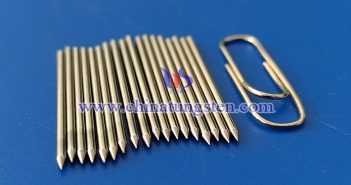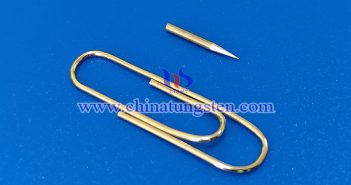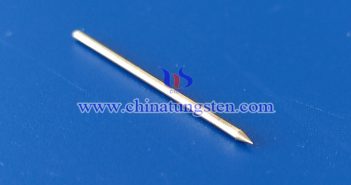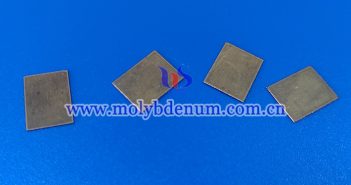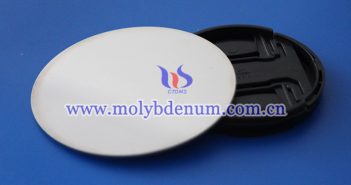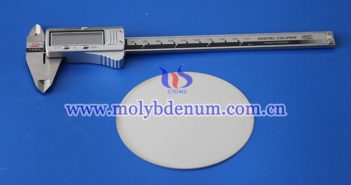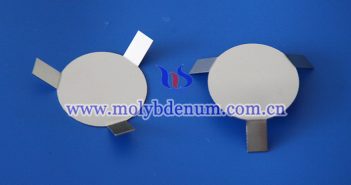
Tungsten probe needles, also known as tungsten probe tips or tungsten probe pins, are specialized tools used in a variety of applications that require precise electrical probing and testing. These needles are made from tungsten, a rare and robust metal known for its high melting point, exceptional conductivity, and resistance to wear and corrosion. These probe needles made of tungsten have following advantages: Versatility: The needles offer versatility in a wide range of scientific applications, from nanoscale imaging and manipulation…

